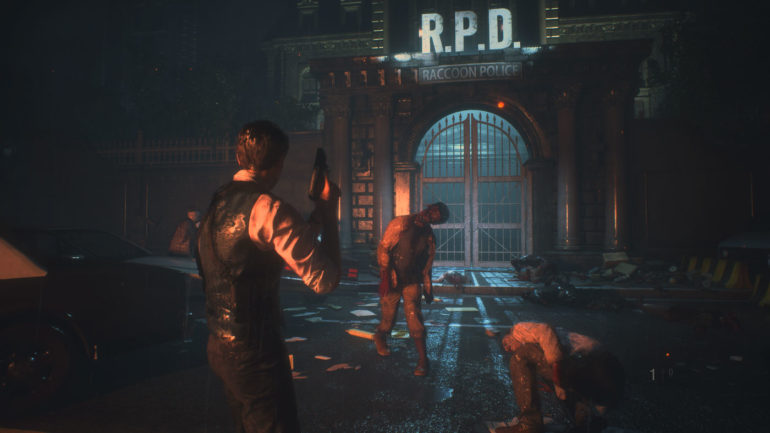During the Capcom Showcase yesterday, one of Capcom’s announcements was that Resident Evil 7, Resident Evil 2 and Resident Evil 3 were all getting the next-gen treatment. The upgrades were free for anyone who already owns them and are live right now.
I’ve spent some time over the last twenty-four hours playing all three of these games across PlayStation 5 and Xbox Series X to see just how good the upgrades are (so no PC, sorry). For the most part, they’re pretty fantastic, but there are a few caveats depending on where you play.
Capcom highlighted a few improvements that were made with these patches, which were developed by Neobards on behalf of Capcom and includes ray tracing, high frame rate modes, and 3D audio.
First off, when you boot each game, you’re given a new “Graphics” option in the menu that lets you adjust these next-gen features. Ray tracing modes can be toggled on and off but doing so locks you out of high frame rate mode.
You can’t have both, unfortunately, though I did try both during my time. The options can’t be adjusted in-game, so you have to quit if you want to change anything, which makes it a bit harder to compare.
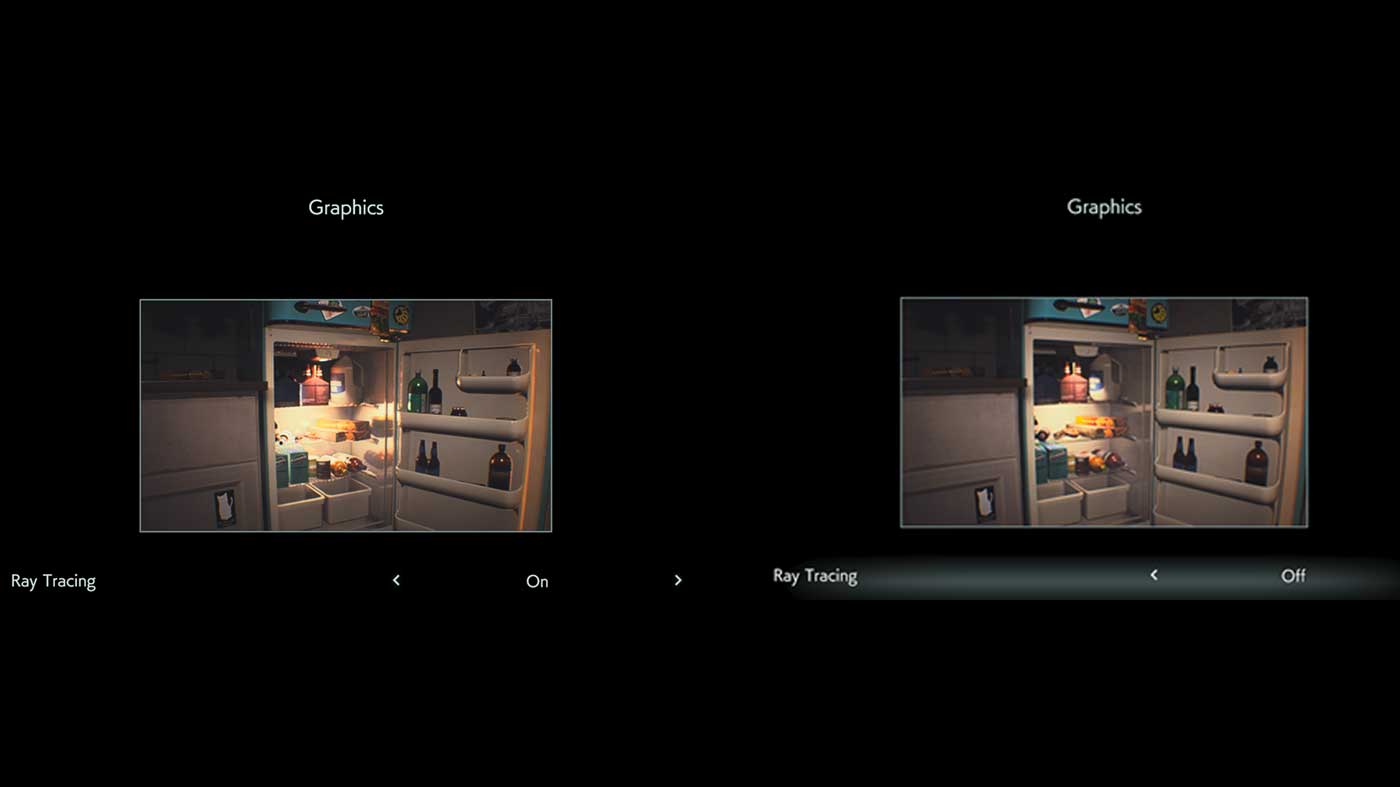
Ray Tracing Mode
The biggest and I’d argue the most impressive improvement with these updates is the ray tracing. Each of the games has been touched up to offer better reflections and more realistic lighting. The result is pretty variable – each game has a different look, for sure, and these games weren’t designed from the get-go for ray tracing.
But the results, on the whole, are pretty fantastic. Resident Evil 3 seems to be the clear winner here as so much of that game takes place outside, in the wet, underneath a neon-lit cityscape.
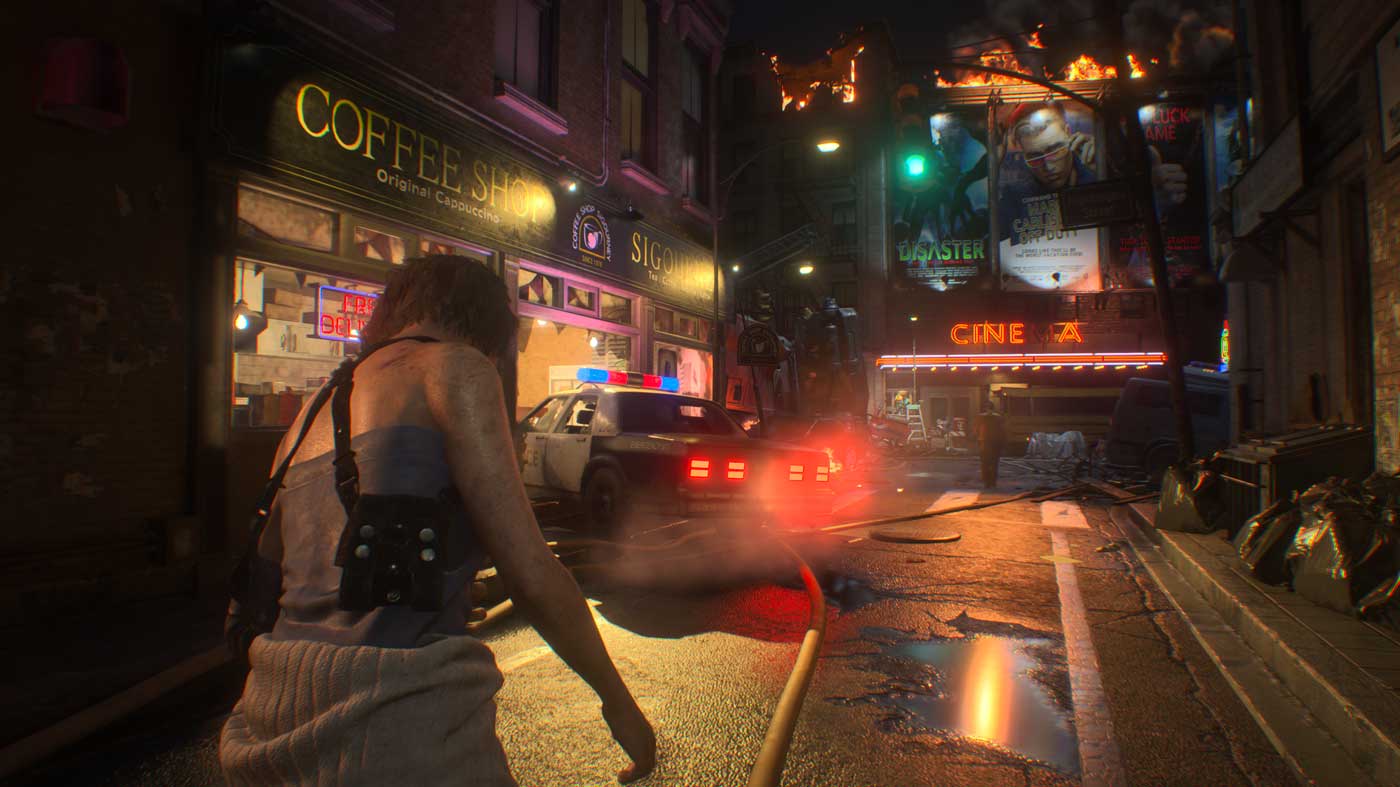
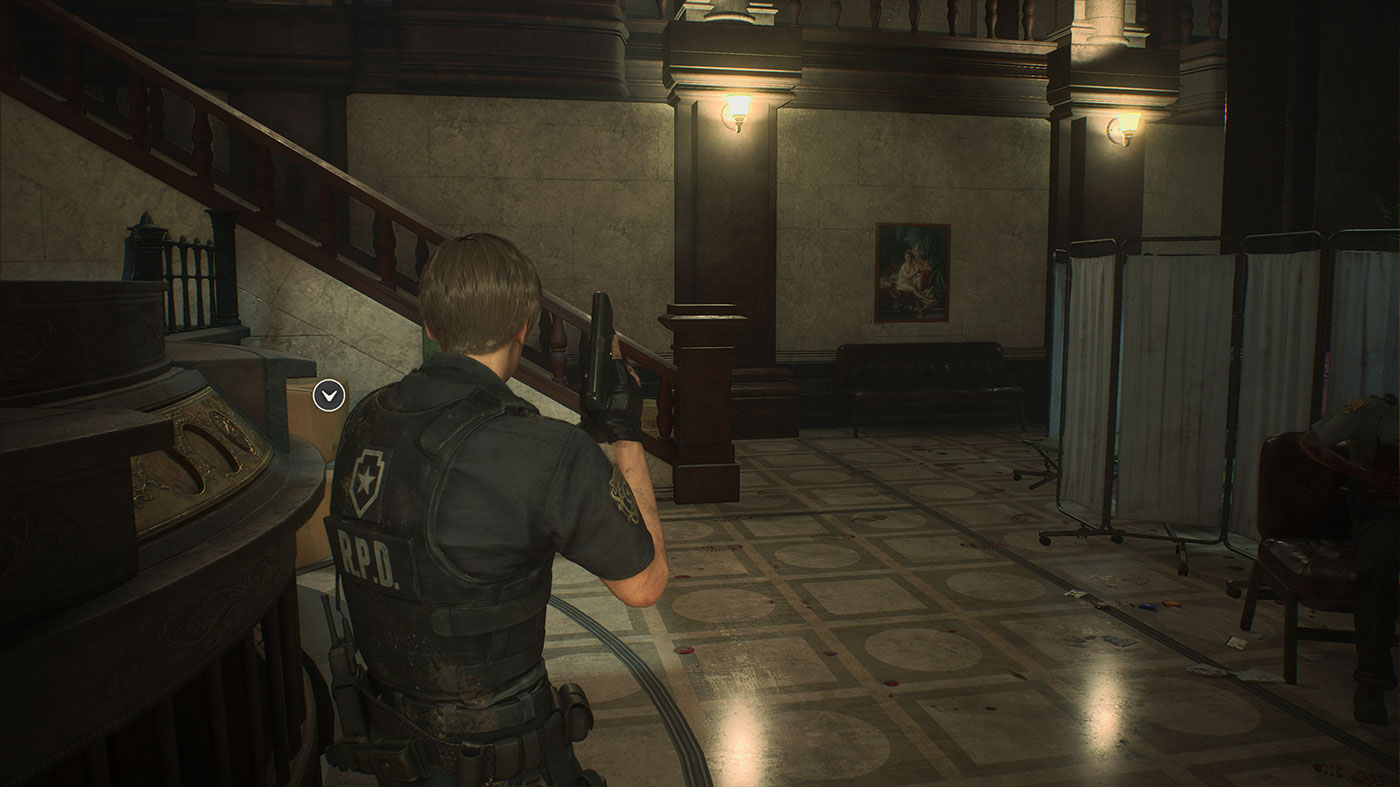
That being said, ray tracing is a bit of a double-edged sword on the hardware. It offers a resolution drop that some might be sensitive to and the more open areas of the games also see some noticeable framerate drops on the PlayStation 5.
Thanks to variable refresh rates on the Xbox Series X, this is less noticeable, but on the whole, both consoles perform well with the noted visual improvements. Both consoles hover around the forty five to sixty frames framerate though, like mentioned previously, VRR will alleviate the visual jarriness of these drops on Xbox.
High Frame Rate Mode
High Frame Rate Mode removes the option for raytracing and instead offers a more fluid experience. This mode is a lower resolution than those offered by the other visual modes, but as a result the game feels a lot faster moving than when playing it any other way.
I think in the long run, especially when speed-running, I would enjoy this mode more than any of the others but for now the visual flair that ray tracing adds is winning out for me. This mode is estimated to fluctuate between 90 and 120 frames, which still feels way more fluid than any of the modes previously available.
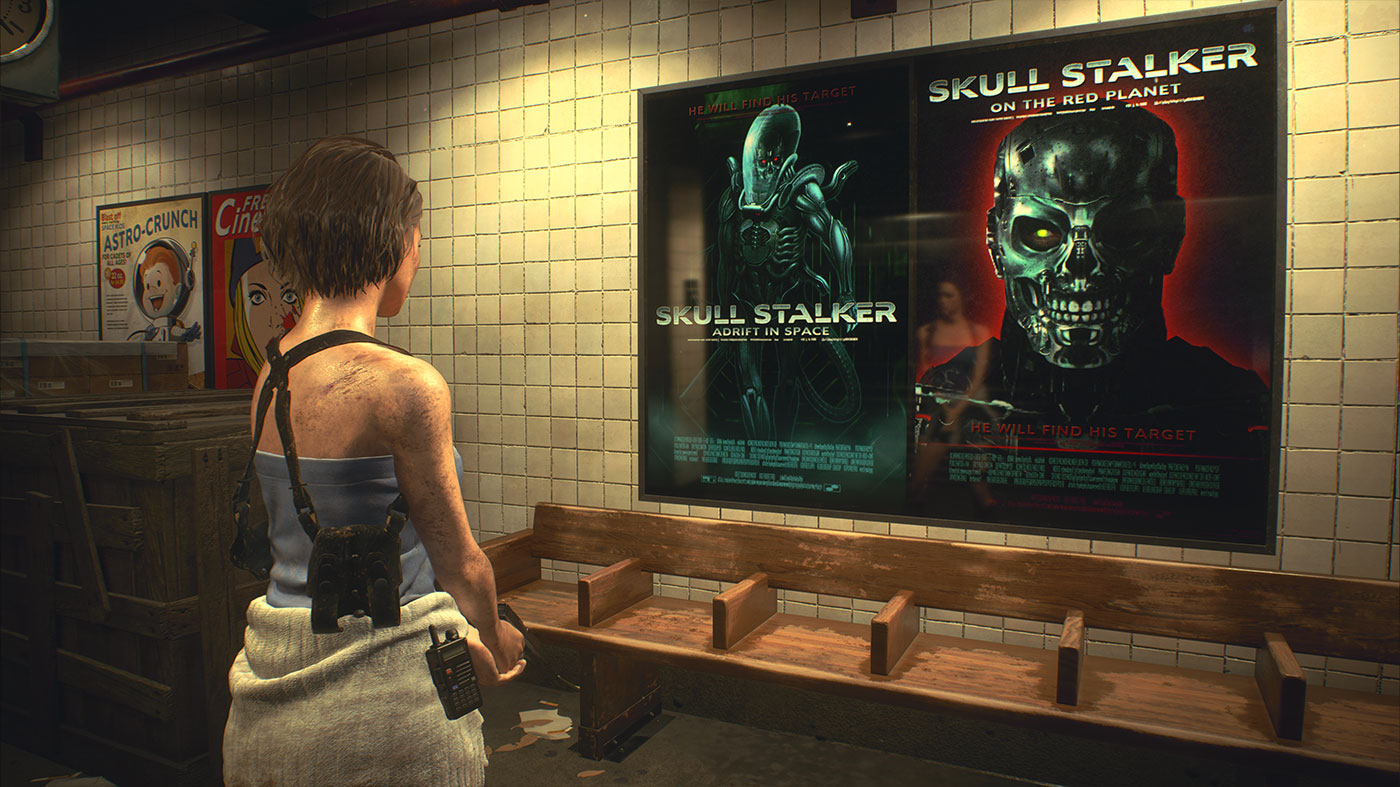
Load Times
Without a doubt, the biggest and most noticeable improvement for the games is the load times, which Capcom didn’t specifically mention in their announcement. I’d often booted up Resident Evil 7 to show friends in VR, as it was one of the best showcases for the platform I owned. During those times it would take almost minutes to load the game on my PlayStation 4, and things weren’t much better on the PlayStation 5 either. Resident Evil 3 in particular would take thirty seconds to load into a game.
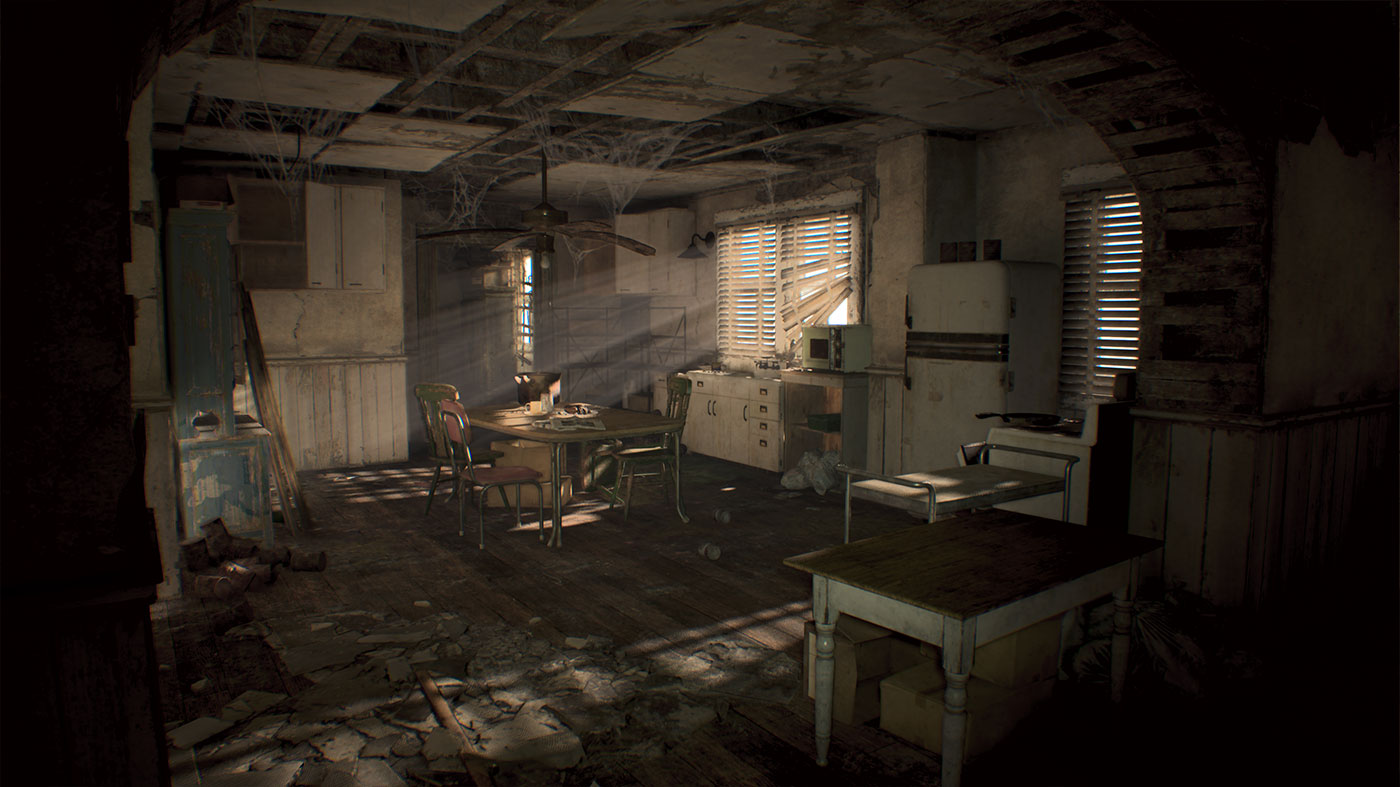
The new updates reconfigure the games to utilise the SSD technology of the new console to great results. Now, you’re back into the game and playing within three seconds. I’ve not done enough testing in different areas of each of the games to be able to back up this lofty claim but I’m going to make it anyway. The next-gen updates to these games mean you’ll be in the game ten times as quickly as before which is a super impressive improvement.
Other Improvements – 3D Audio and the DualSense
I’ve got to be honest, I thought these games already had 3D Audio support but I assume the updates fine tune the experience more so than what was previously offered. Presumably, these updates bring the audio engine up to scratch with what was featured in Resident Evil Village, which fantastically leveraged 3D audio to create an atmosphere like no other.
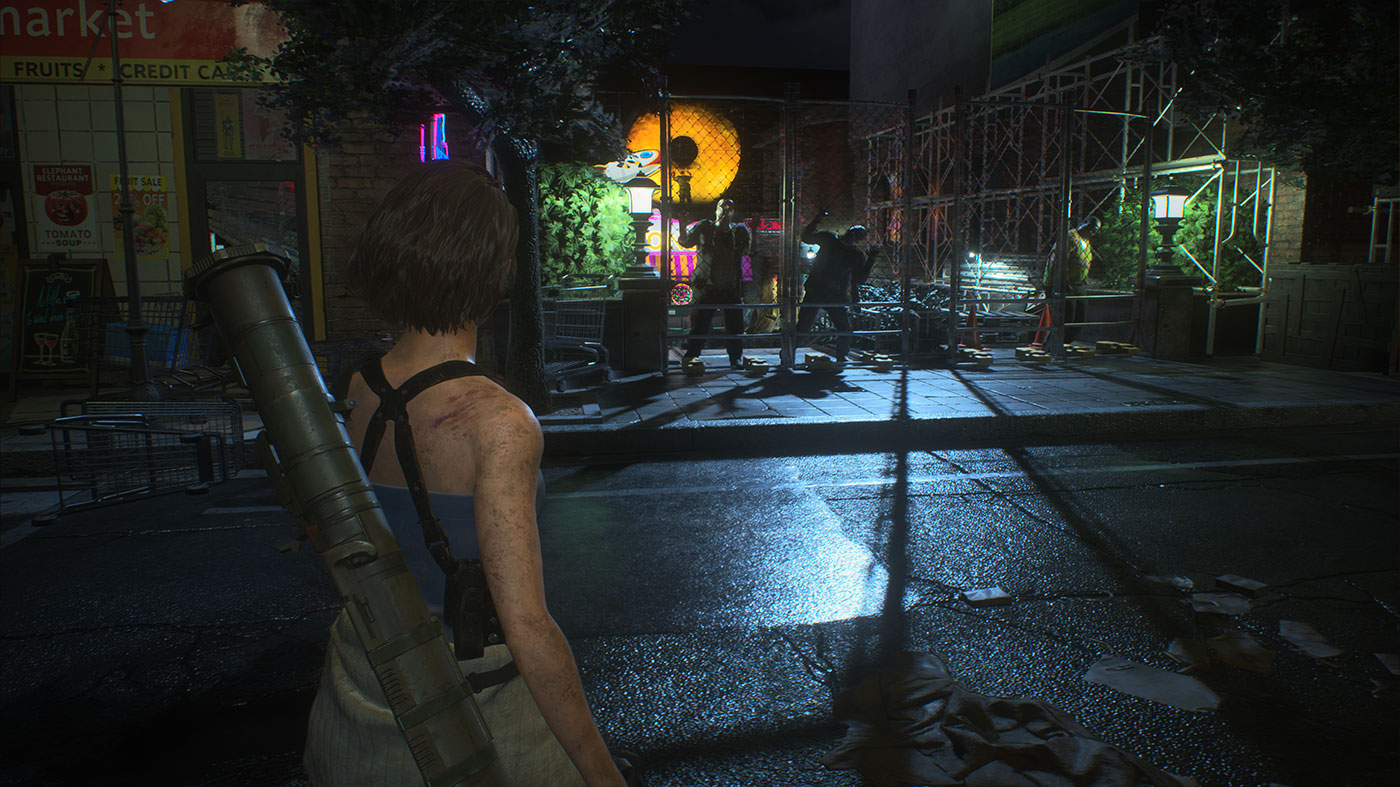
I was excited to try out these games with the DualSense triggers to see if any weapons were given a more realistic feel. Unfortunately, while Village made a good effort to make each weapon feel different when you pulled the trigger, these games don’t.
There’s what I can only really describe as a “standard” level of resistance with every weapon as well as some weak rumble with each pull of the trigger. It’s definitely not making the most of the DualSense but they tried, I guess. I’m not a huge fan of adaptive triggers anyway – so just like in Village, I opted to turn them off in these games too.
All in all, the updates for these Resident Evil games are pretty solid offerings, especially given that they’re free upgrades. While these are some great improvements, I can’t help but feel excited to see just what Capcom and RE Engine can do as things progress to newer versions.
For now, these visual improvements are nice enough to warrant another play-through or perhaps even pick these games up if you’ve yet to during this quiet period for releases.
If you’re without the PlayStation 4 or Xbox One versions of the game to upgrade, you can purchase them below:


